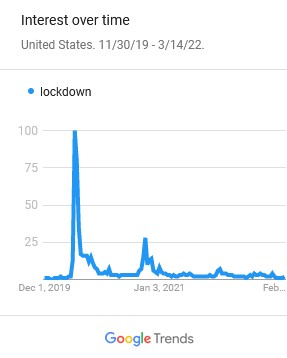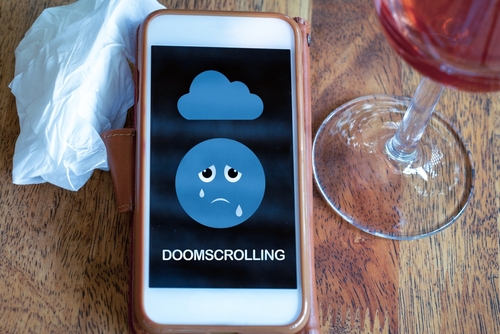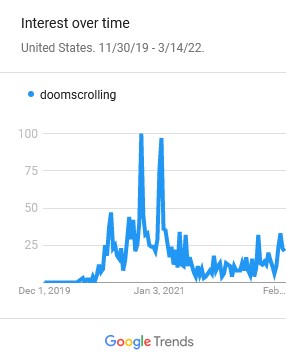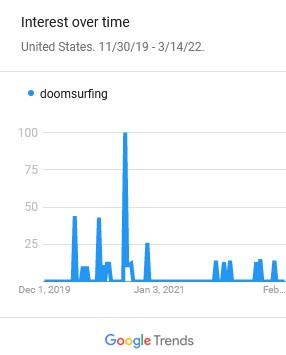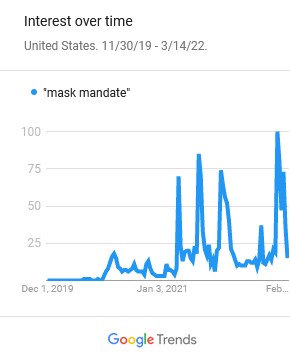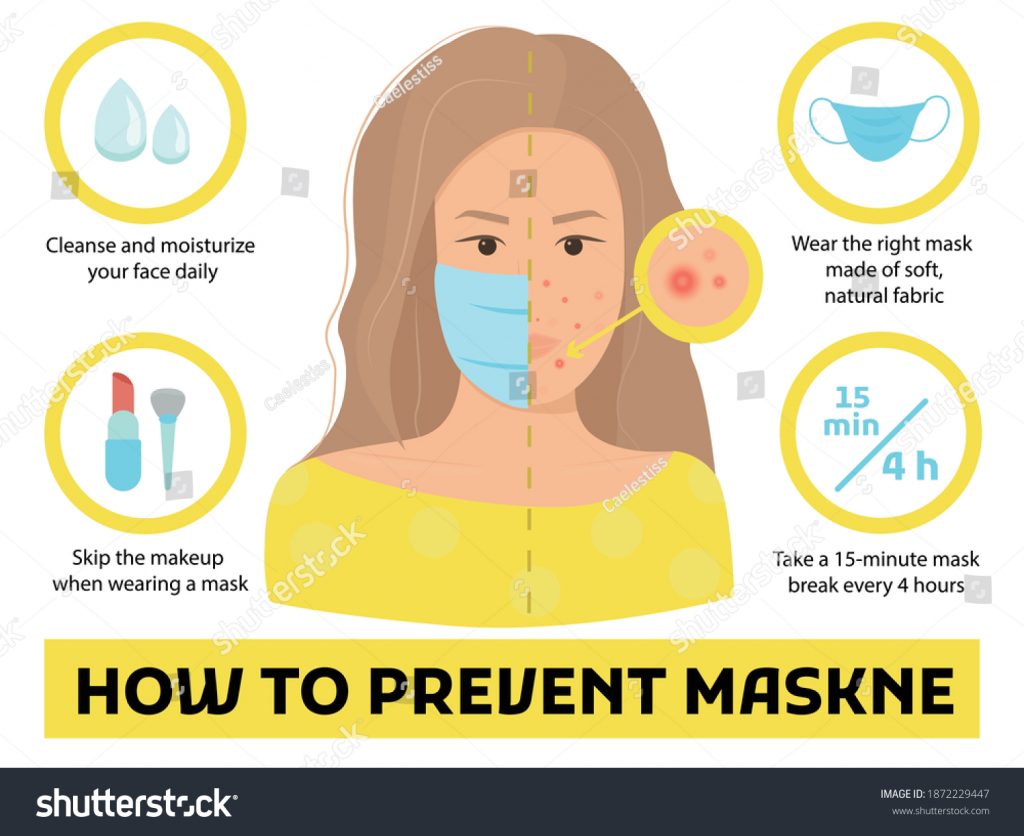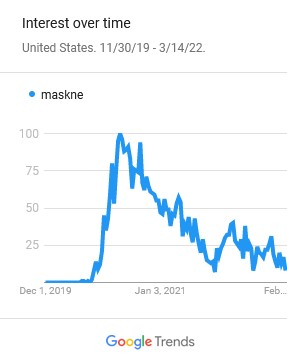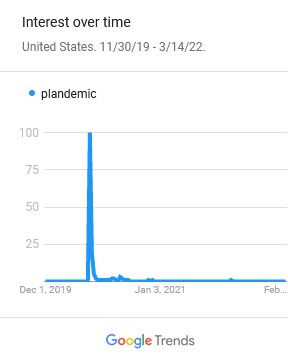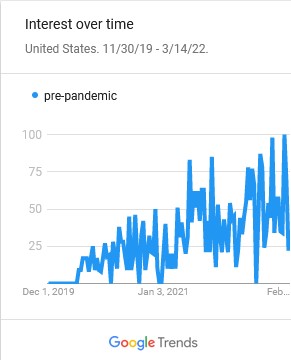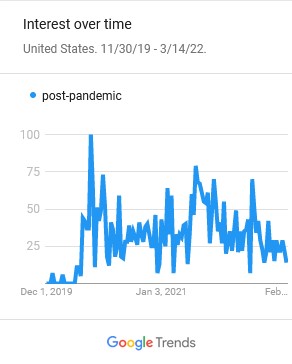When mask mandates began in Spring 2020 everyone was encouraged to “mask up” and save lives. Wearing a mask reduced the transmission of Covid-19. Until recently, the U.S. Department of Transportation “[required] the wearing of face masks on planes, buses, trains, and other forms of public transportation.” There was even a toolkit on their website that contained “Multi-media assets, social media graphics and messages, and email content to help communicate to the traveling public online” the importance of wearing a mask.
The phrase “mask up” soon found its way into the dictionary. The Macmillan Dictionary’s definition is:
“to wear a mask or facecovering.
– That’s why we are asking all Hoosiers to mask up – and speak up about how wearing your mask can save lives.”
The Urban Dictionary’s definition of “mask up” is:
“A phrase used to tell people to put on their mask:
‘Hey Alex, mask up, man!’
‘Woah there tiger, mask up!
‘Mask up, kids, it’s time to go outside!'”

In an article last updated on February 9, 2021, the CDC encourages Americans to “Continue to ‘Mask Up’ to Help Stop the Spread of the Coronavirus. Austin Powers, Casablanca, Harry Potter, The Lord of the Rings, and others are reimagined with characters wearing face masks.”
Social Media Trends as of May 17, 2022
Facebook #maskup: 657,000 people are posting about this
Instagram #maskup: 1,488,539 posts
TikTok #maskup: 780.5 million views
YouTube #maskup: 6,200 videos and 2,700 channels
Google Trends: mask up appeared during the week of March 22, 2020 and peaked during the week of July 12, 2020. By this time the pandemic was in full swing and federal, state and local governments had declared masked mandates and were encouraging everyone to “mask up.”

Sources:
buckshotboi. “Mask up.” The Urban Dictionary. August 25, 2020. URL: https://www.urbandictionary.com/define.php?term=Mask%20Up.
stockmatic. “Man wear face mask vector. Vector Wear Face Mask sign. Warning sign recommend wear of protective face mask in prevention vs virus infection in health care. Coronavirus protection mask.” Shutterstock.com. Standard License. Royalty-free stock vector ID: 1732942073.
“Mask up.” Macmillian Dictionary. 15 July 2020. URL: https://www.macmillandictionary.com/us/dictionary/american/mask-up.
“Mask up.” The U.S. Department of Transportation. URL: https://www.transportation.gov/maskup.
“Mask Up America.” Centers for Disease Control and Prevention. February 9, 2021. URL: https://www.cdc.gov/coronavirus/2019-ncov/communication/mask-up-america.html.



